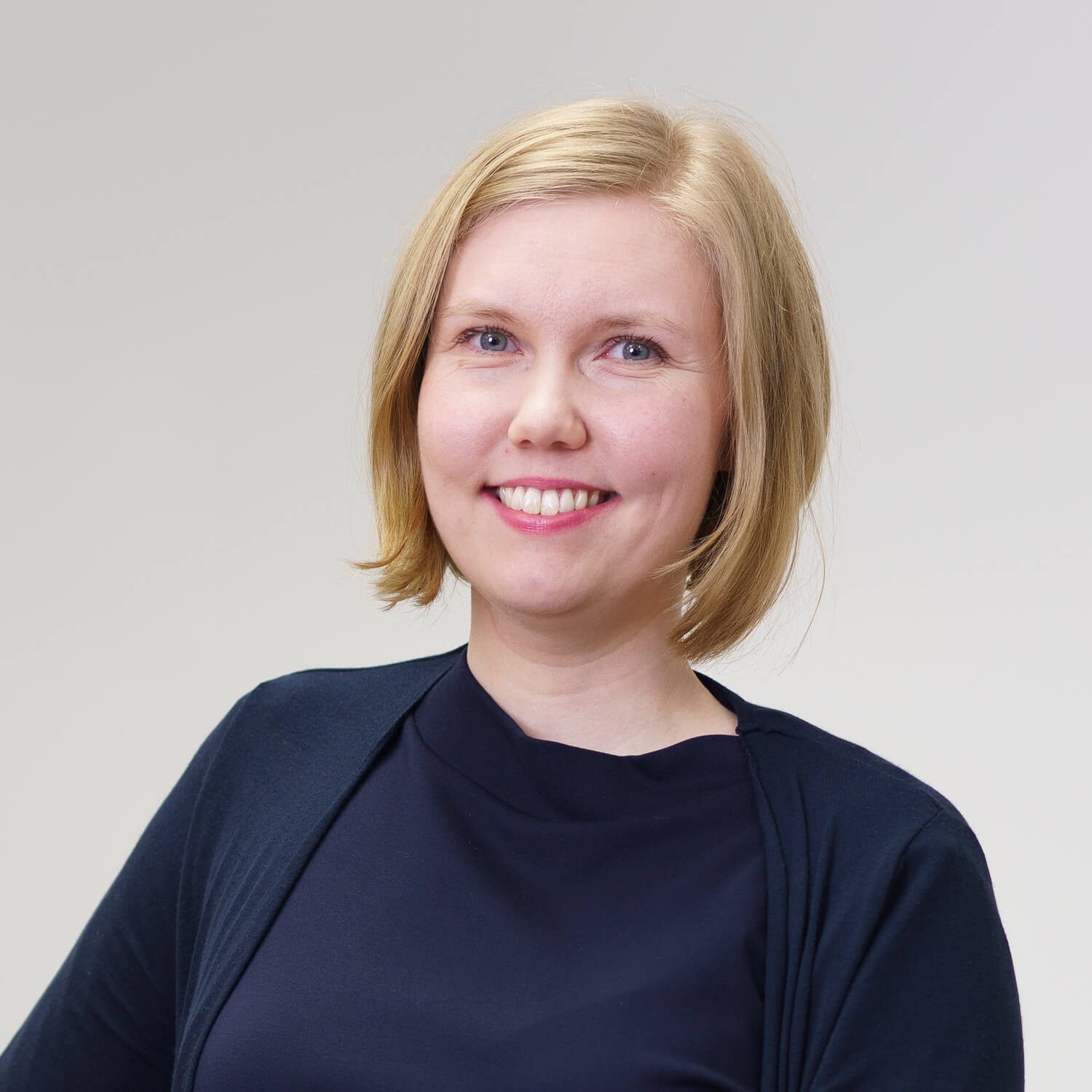Options to uncover strengths
Using multiple different methods gives applicants many different opportunities to show their strengths. Whereas someone can convince the consultant in an interview with their enthusiastic verbal expression, someone else may show their skills in writing, doing better when solving problems under time pressure or providing an analytical and insightful answer to a case exercise. Group exercises may show in a very concrete fashion, for instance, someone’s ability to engage others and take them into consideration, seek compromises, or push through their own views.
Measurable competencies in relation to others
Work personality surveys and different tests describe the respondent’s way of working or preparedness in a manner that is different from an interview: they give a summarised and objective overview of the respondent in relation to a large control group. How do my way of working, competencies, motivation or personality traits seem in comparison to others? Do I usually work in a more result-oriented, creative or decisive way than my fellow respondents? In a test with a time limit, a top score may help identify potential for effective data processing.
Self-knowledge and learning
You should always avoid making oversimplified interpretations based on individual methods because no test or interview alone can provide significantly diverse data. You wouldn’t look in a mirror from one angle only, would you? On the other hand, when we do look in a mirror, we tend to always smile in the same way, which leads us to wonder why we don’t look like ourselves in snapshots. The aim of using multiple methods is to tackle this challenge. If you can review your own operations from several perspectives, you can, at best, learn something new about yourself in the assessment process. The result aren’t always pleasant, but there’s a chance they might be a positive surprise, too.
How many methods is enough?
The result of the assessment is based on the information produced by the person being assessed using the tools and the time available for the assessment. Up to a certain point, introducing new methods creates additional value and increases the reliability of predicting behaviour at work, but at some point, the information gained from the methods starts to repeat itself or becomes irrelevant for the search criteria. The assessment interview enables linking the results gained through different methods to the context of the applicant’s responses. A diverse method selection is particularly meaningful when the role content is complex or challenging. The consultant’s role is emphasised in collecting and analysing data and comparing it to the prerequisites for success in the role, or the assessment criteria. The probability of identifying risks, needs for support or the person who is best suited for the role and will enjoy it increases when the methods have been selected to provide information on the correct aspects and when the applicant feels that the situation is safe for them to respond in a way that is typical for them.
Could an applicant be encouraged or enabled to do a similarly multi-method assessment of the workplace and the role for which they are applying? The applicant can check out the job advertisement, the organisation’s website, social media accounts, Google news, and financial figures; test the workplace’s products or services in practice; and ask for more information from the organisation’s members, and if there is something else they could do. Would that further increase the probability of making a mutual match?
Other related blogs
Personal evaluations




